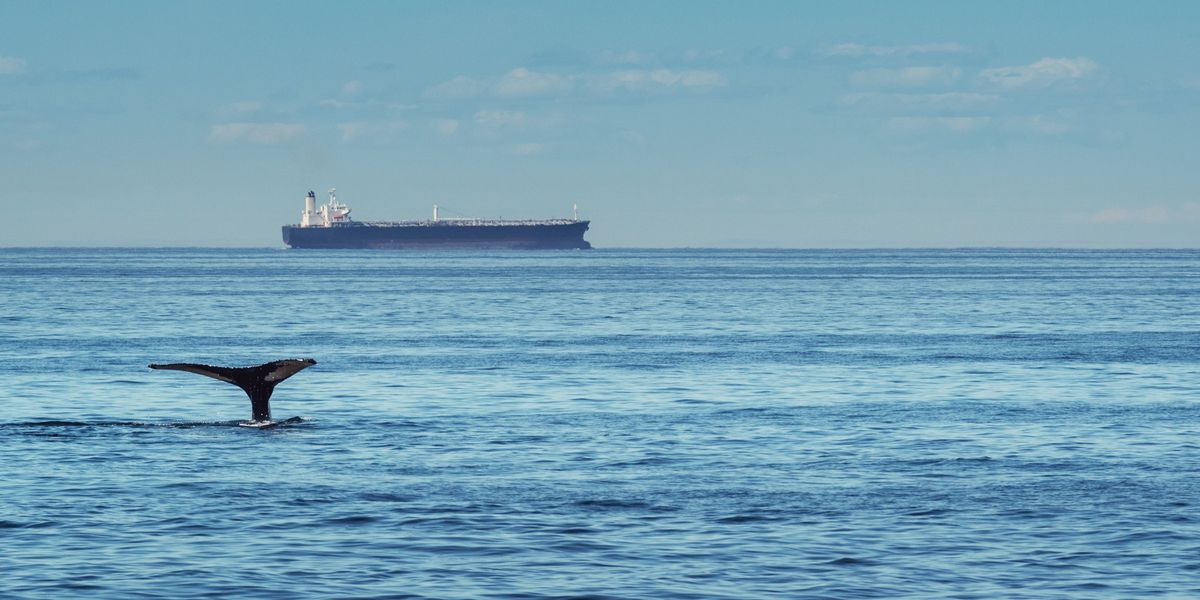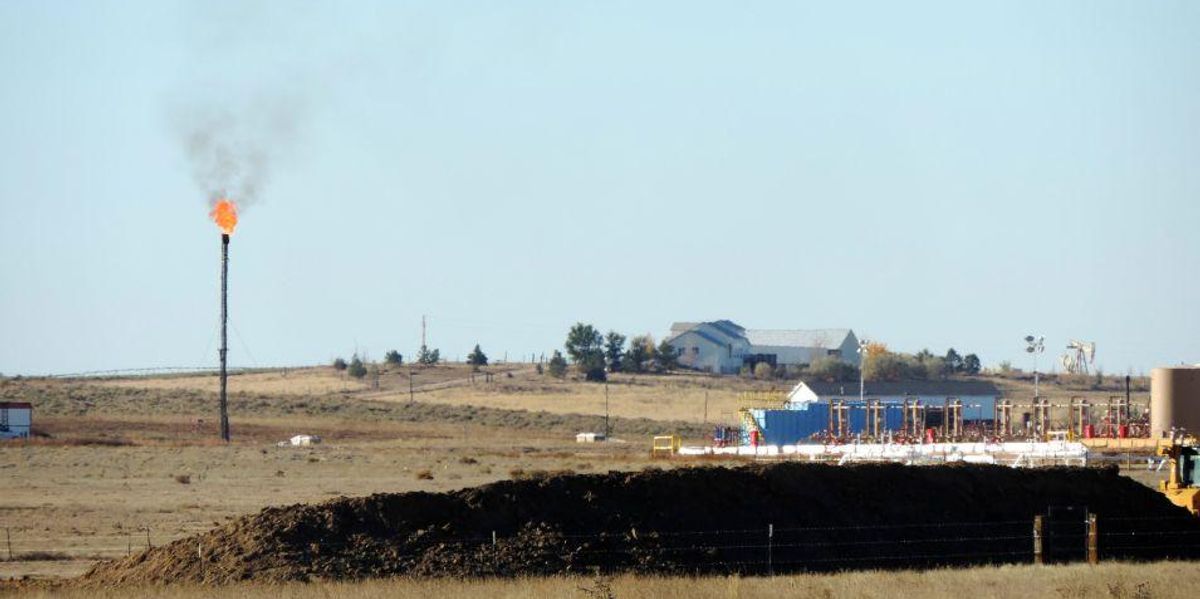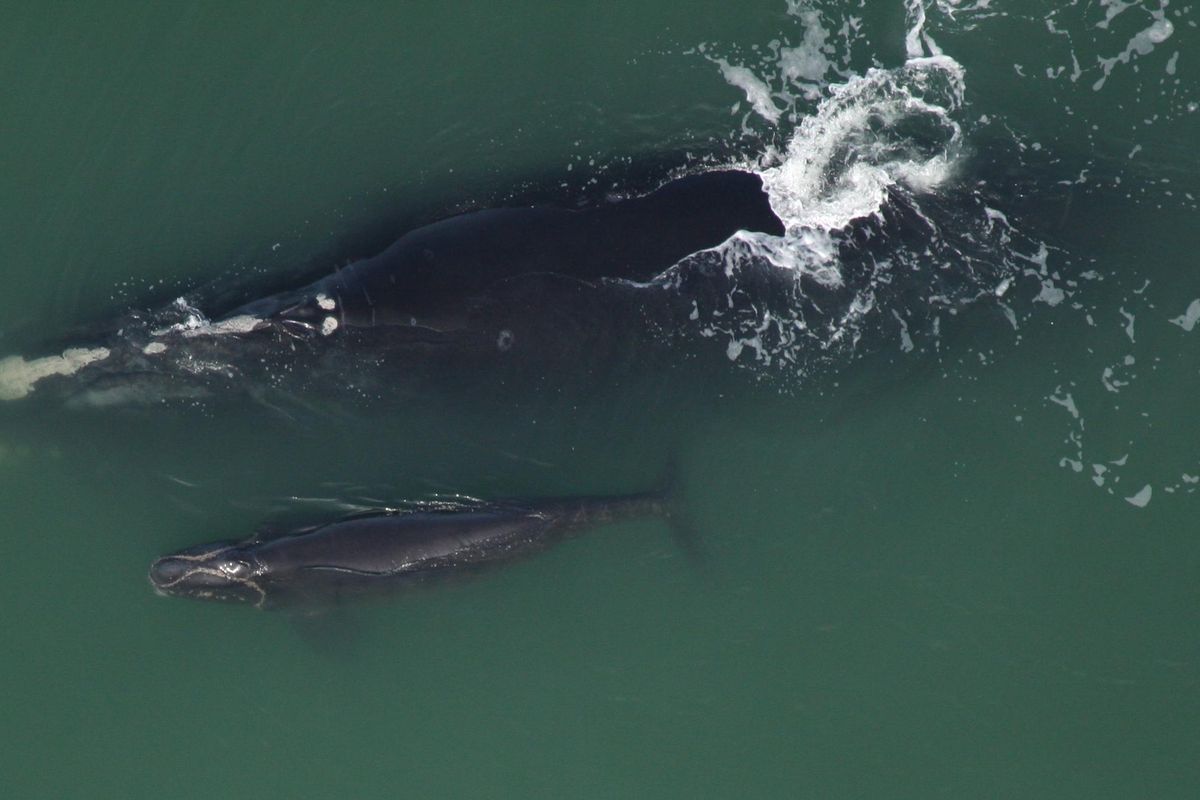
Whales are the biggest creatures on earth, but they are no match for a supertanker. In recent months there has been a rash of whales washed up on U.S. shores, with broken backs or other mortal injury.
These known deaths are only a fraction of the true toll. Most of the carcasses sink at sea and are never discovered.
But, by all indications, collisions between whales and ships are on the rise, devastating whale populations. At least three large whale species in U.S. waters are on the brink of extinction, with more listed as endangered. These would be the planet’s first large whale species lost in modern history.
The leading cause of death for many of these species is preventable ship strikes. And these deaths are expected to continue growing due to a number of causes. First, global trade has grown almost exponentially driving a huge growth in ship traffic in the world’s oceans. Today, there are an estimated four times as many ships at sea than just three decades ago.
Second, this increasing cargo traffic is carried by bigger ships travelling through coastal waters that are primary whale habitats. Since 2006, the size of the largest container ships has more than doubled. Many of today’s ships are so big that they do not know that they have struck a whale. Both the size of ships and cargo volume are both projected to continue spiraling upward
At the same time, containership speeds have steadily grown with speeds now averaging between 20 to 25 knots.
These factors combine to devastating effect. Whales seem to rely on last‐second avoidance. Almost all ships are quieter at lower speeds. Quieter seas allow marine life more leeway to communicate for their essential life functions. The cumulative probability of detecting one of the available “cues” of whale’s presence (and direction of travel) decreases with increased ship-to-whale distances. Moreover, a big ship creates a “bow null effect” that blocks engine noise by the bow, creating a quiet zone in front of the vessel, leaving a whale unaware of the pending threat.
The net result of thousands of massive ships crisscrossing waters which are prime whale habitat is that many of our busiest coastal shipping routes have become death traps. For example, the Southern California shipping lanes to San Francisco cover the two busiest hubs in California and, not coincidentally, are also two epicenters of whale mortality from ship strikes.
Despite looming extinctions of whale populations and increasing vulnerability of whales to ship strikes in U.S. waters, the National Oceanic & Atmospheric Administration lacks a coherent strategy for avoidance of these collisions. Instead, the U.S. has a piecemeal approach, limited by certain species and in certain areas.
In the absence of mandatory restrictions in much of U.S. waters, NOAA and other authorities have depended on voluntary measures, with mixed success. For example, a new analysis of automated ship tracking data shows that nearly 90 percent of vessels transiting mandatory speed zones to protect the highly endangered North Atlantic right whales are violating the speed limits.
In the San Francisco area, cooperation rates with NOAA’s voluntary speed limits have been hovering around 62 percent for the last three years, with compliance varying by company. Maersk, one of the world’s largest shipping companies, has slowed down 79 percent of the time in the Santa Barbara Channel. But ships operated by Matson, a major Pacific shipper, slowed only 16 percent of the time.
Similarly, collision avoidance techniques are mostly voluntary, and these programs are widely ignored by shippers. But these voluntary efforts do demonstrate that application of active whale avoidance techniques by large ships is feasible. Yet the effectiveness of these measures requires some form of mandatory enforcement to ensure widespread compliance.
Last year, Congress directed NOAA to establish a near real-time monitoring and mitigation program to reduce the risk to large cetaceans posed by vessel strikes. My organization is proposing a plan to NOAA that directly responds to this congressional direction. We urge the creation of Whale Safety Zones for all large ships entering or leaving U.S. ports or transiting marine sanctuaries and monuments. While in these Whales Safety Zones, these ships must reduce their speed and take other whale avoidance measures that studies show sharply reduces whale mortality when applied.
International law recognizes the interest of nations in protection of its living marine resources, including rare and endangered species, and the U.S. has the legal ability to impose speed restrictions.
What is required, however, is the political will to adopt mandatory safety measures that will be effective in stemming the rising tide of preventable whale deaths. Unless NOAA acts in a comprehensive fashion we fear the nation will witness the onset of a cascade of whale extinctions.
This post was originally published on Common Dreams.



